Shinjuku, located in the western part of Tokyo, is one of the loudest and most colorful districts in the capital. Shinjuku is known for its towering skyscrapers, the world’s busiest railway station (Shinjuku Station) and an array of retail, entertainment, and nightlife options.
Historically, it has evolved from a post-town along the Koshu Kaido road in the Edo period to a major commercial and administrative center in Tokyo. Shinjuku (or Shinjuku-ku) is one of Tokyo’s 23 special wards, functioning similar to an individual city. As you can imagine, there are lots of things to do in Shinjuku to keep you occupied for days on end.
We certainly added Shinjuku to our 7 day Tokyo itinerary.
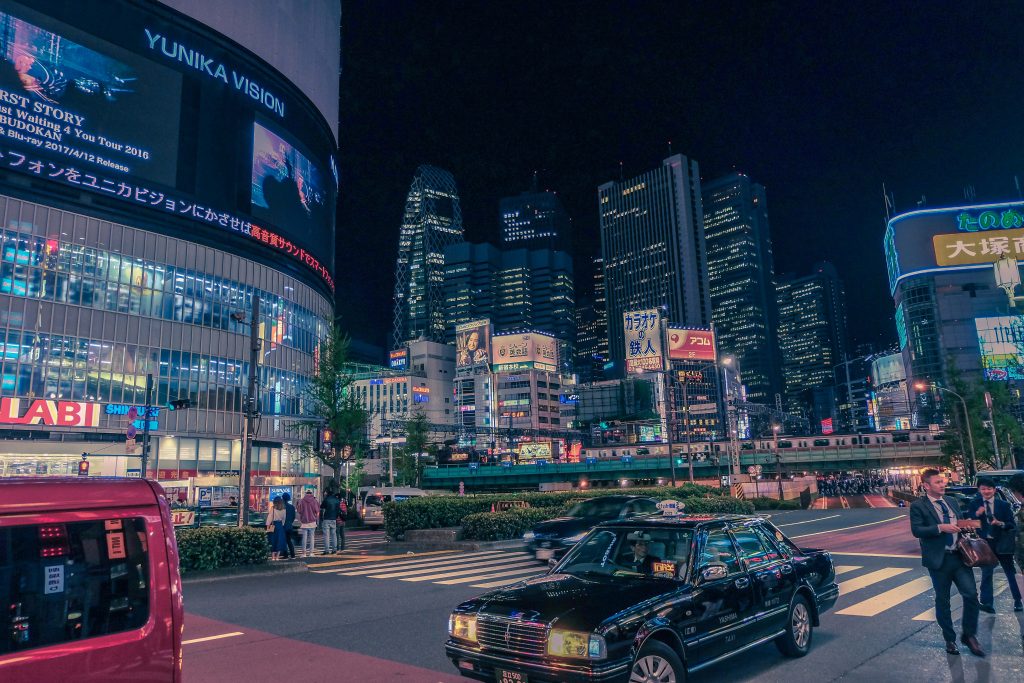
Where is Shinjuku
Shinjuku is centrally located in the western part of Tokyo, Japan. It’s easily accessible through its main transport hub, Shinjuku Station, which is served by numerous train and subway lines. These include the JR Yamanote Line, Tokyo Metro Marunouchi Line, Toei Oedo Line, and others.
Shinjuku Sanchome Station is another key station in the area, served by the Tokyo Metro Fukutoshin Line, Marunouchi Line, and Toei Shinjuku Line. This makes Shinjuku one of the most connected and easily accessible areas in Tokyo, serving as a major gateway for both local commuters and international travelers.
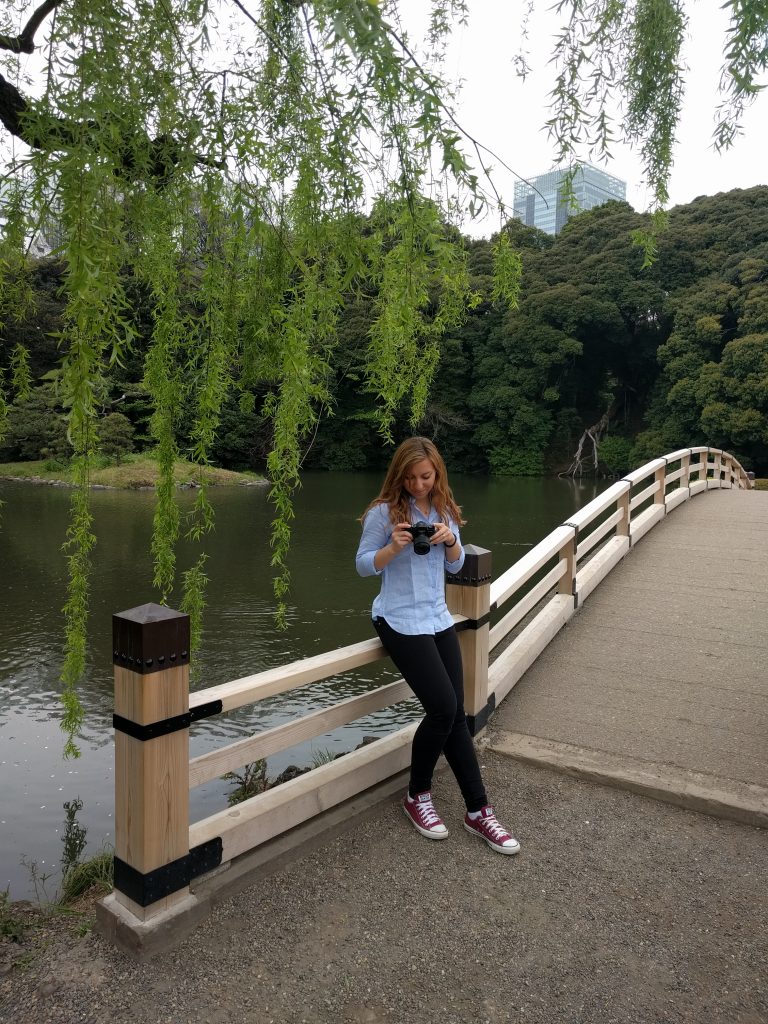
What is Shinjuku best known for
Shinjuku is primarily known for its bustling entertainment district, towering skyscrapers, and the world’s busiest railway station, Shinjuku Station. It’s one of the best places to stay in Tokyo for first time visitors.
Shinjuku is home to the Tokyo Metropolitan Government Building, also known as Tochō, which serves as the headquarters for the Tokyo Metropolitan Government.
Shinjuku is famous for its nightlife, especially in Kabukicho, which is Asia’s biggest red area with many adult only areas.
There are a staggering number of department stores in Shinjuku, including Isetan, Takashimaya Times Square, Odakyu Department Store, Lumine, NeWoMan, Lumine Est, Keio and so much more.
Recently, Shinjuku has been gaining international recognition, being featured in popular movies and series, including Lost in Translation and Tokyo Vice.
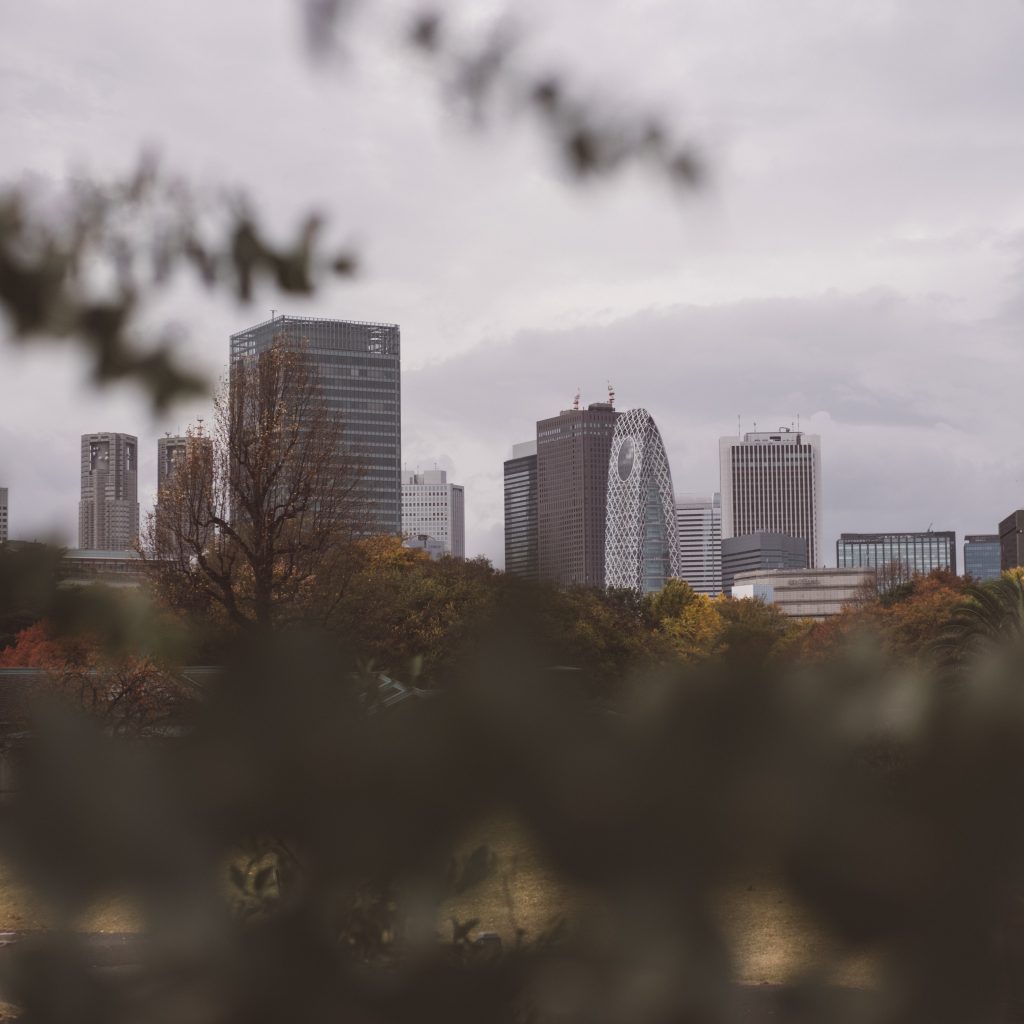
Is Shinjuku Safe
Shinjuku, like much of Tokyo, is generally safe for both residents and visitors. The area is well-policed and maintains a high standard of public safety.
However, like in any major city, it’s wise to stay aware of your surroundings, especially at night in entertainment districts like Kabukicho, where visitors can be targeted for extortion. Kabukicho has a reputation for being Tokyo’s red-light district, so it’s advisable to exercise more caution here. Despite this, the risk of serious crime is low.
My husband and I often find ourselves walking through Shinjuku late at night after dinner or a show and have always felt safe.
Our number one safety tip is to ignore any street touts or solicitations. Don’t party in Kabukicho and avoid entering any establishments you don’t know much about.
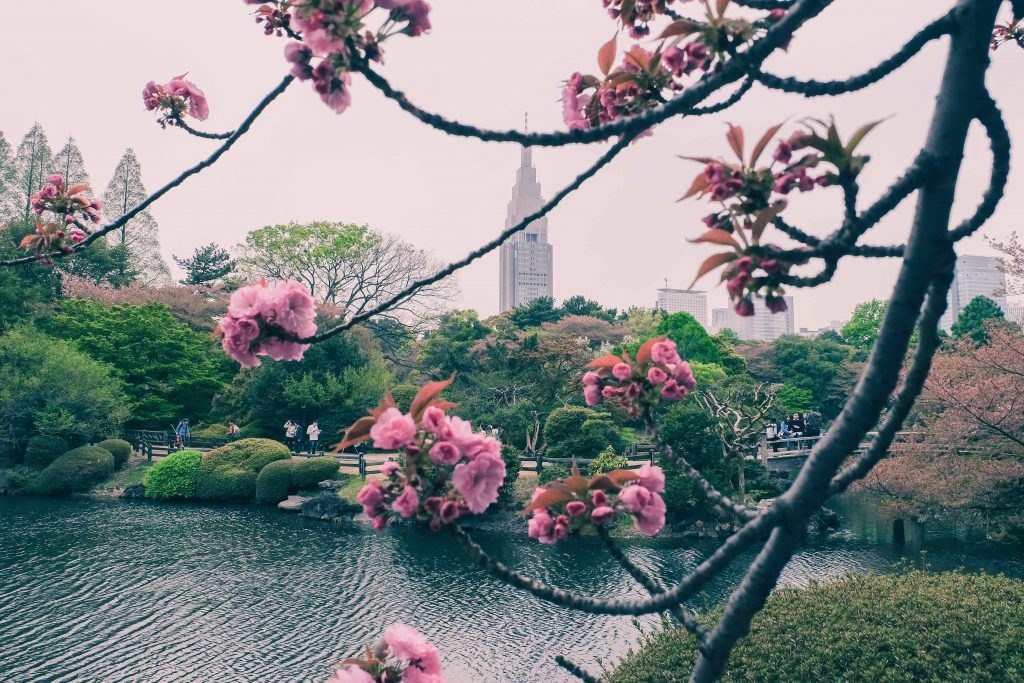
Best time to visit
Mornings are a great time to explore Shinjuku’s parks, like Shinjuku Gyoen, in relative peace before the crowds. Shops and department stores usually open around 9-10am, making late morning an excellent time for shopping.
Late afternoons and evenings is when Shinjuku comes to live. The neon lights, bustling izakayas, and lively streets offer an immersive experience into Tokyo’s nightlife. Kabukicho and Golden Gai are particularly interesting to explore during this time.
A little local tip: If you’re looking for a quieter time to explore Shinjuku without sacrificing the vibrant atmosphere, weekdays are your best bet.
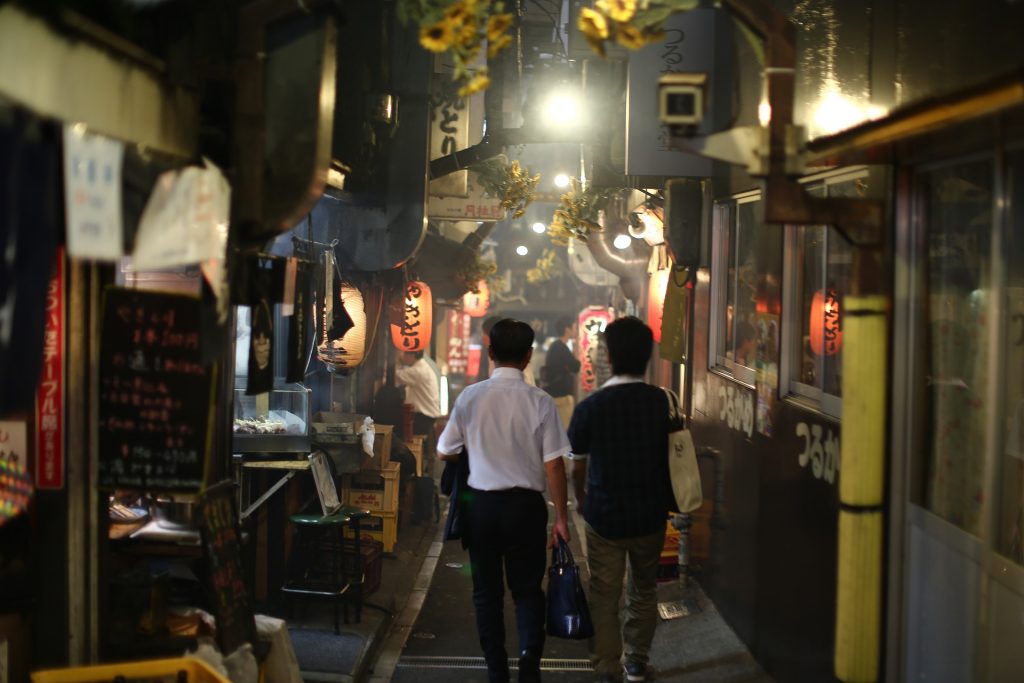
Must visit spots
Shinjuku is full of bright neon lights and all kinds of fun things to do. You can find cool places like bars on rooftops and spots to watch office workers relax after work. The Tokyo Metropolitan Government Building lets you see the city from high up for free. If the weather’s clear, you can even see Mount Fuji, and it’s open until late.
If you’re searching for a quiet place, Shinjuku Gyoen National Garden is beautiful with its cherry blossoms.
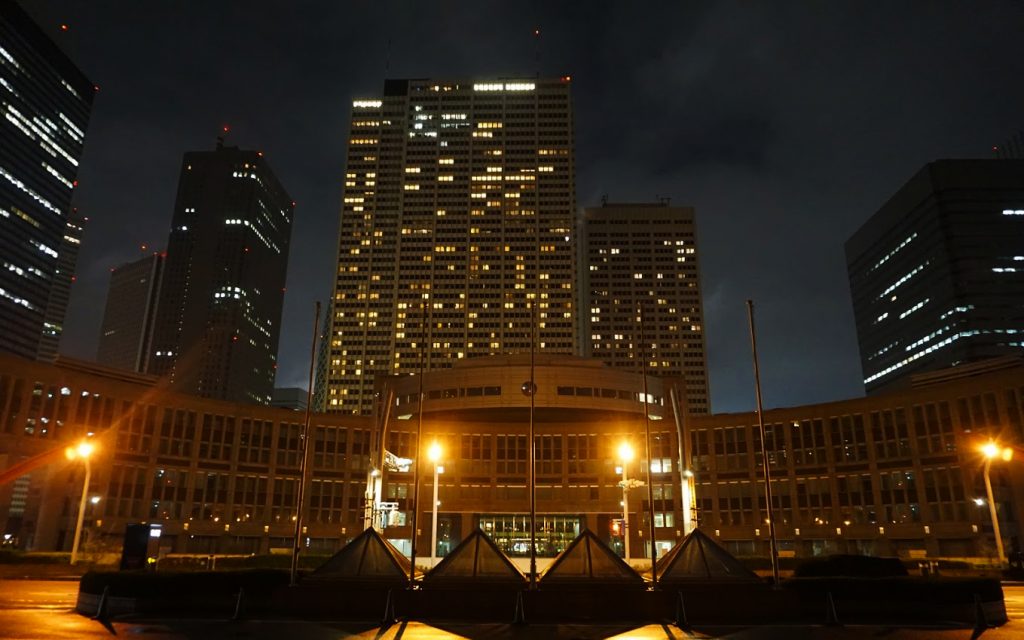
Tokyo Metropolitan Government Building
Make your way towards the West of the Shinjuku Station and enter the Skyscraper District, home to Tokyo’s tallest buildings, including Tokyo Metropolitan Government Building (or Tochō). It was designed by architect Kenzo Tange, and it was completed in 1991. Tochō serves as the headquarters for the Tokyo Metropolitan Government.
The Tokyo Metropolitan Government Building is known for its twin towers which house two observation decks, North and South, which offer free views of Tokyo. All you need to do is head to the 45th floor.
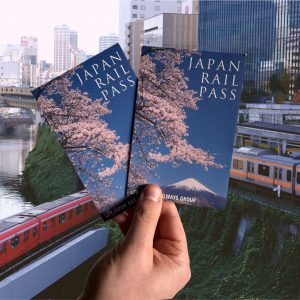
Japan Rail Pass
The optimal way to explore Japan is with a rail pass that is available for durations of 7, 14, or 21 days, offering unlimited travel across the country. Shinkansen included!
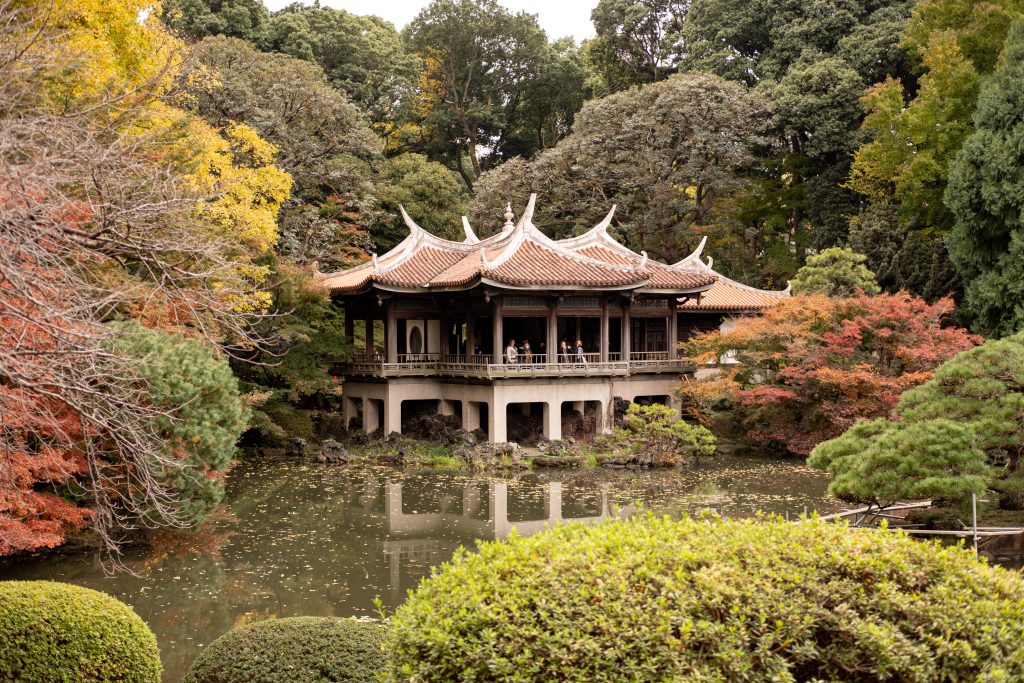
Shinjuku Gyoen
Shinjuku Gyoen dates back to the early 20th century, initially serving as a residence for the Naito family during the Edo period. It is now fully open to the public, and it features three distinct garden styles: traditional Japanese, formal French, and English landscape.
A little less known point of attraction is the glasshouse located within the Shinjuku Gyoen. It is free to enter and houses 1700 tropical plants.
In the Spring, Shinjuku Gyoen is one of Tokyo’s best cherry blossoms spots.
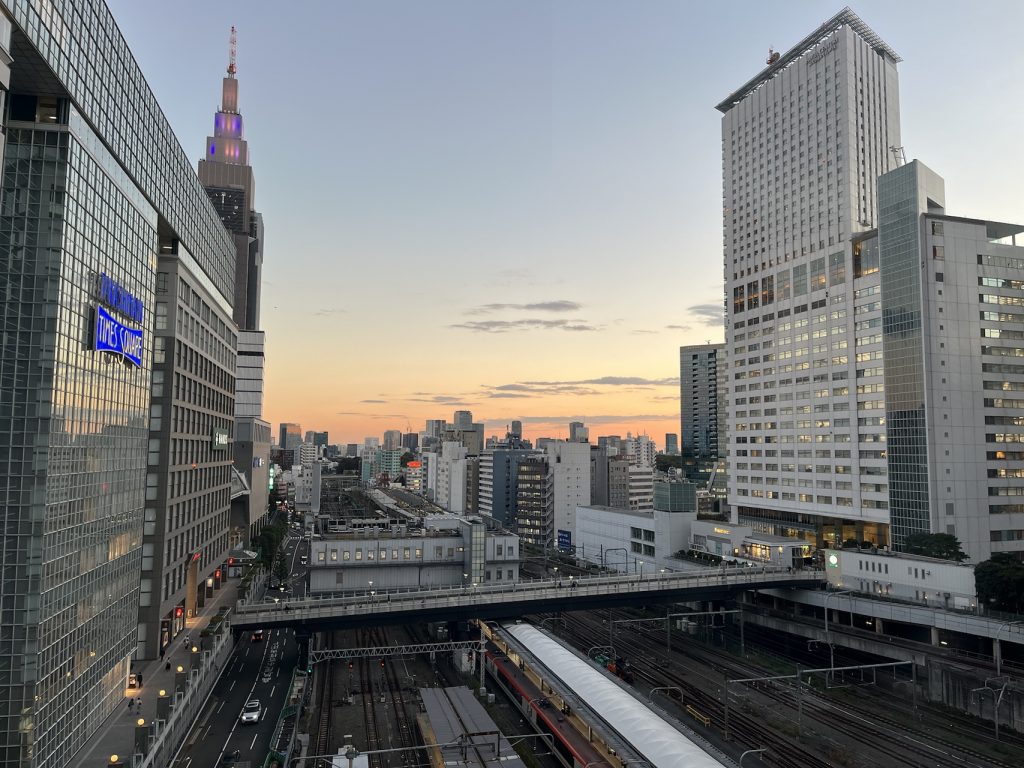
Suica Penguin Square
Suica Penguin Square is located on the South Exit of the Shibuya Station, in front of the Shinnan ticket gate, sandwiched between the Jr East Headquarters Building and the Takashimaya Times Square building. The square has a sitting area above the main train station terminal, making it perfect for photography or train spotting (which is really big in Japan!).
The area is surrounded by cafés and food halls. My recommendation is to head to NEWoMan, grab a matcha tea from The Matcha Tokyo and head here for the sunset views.
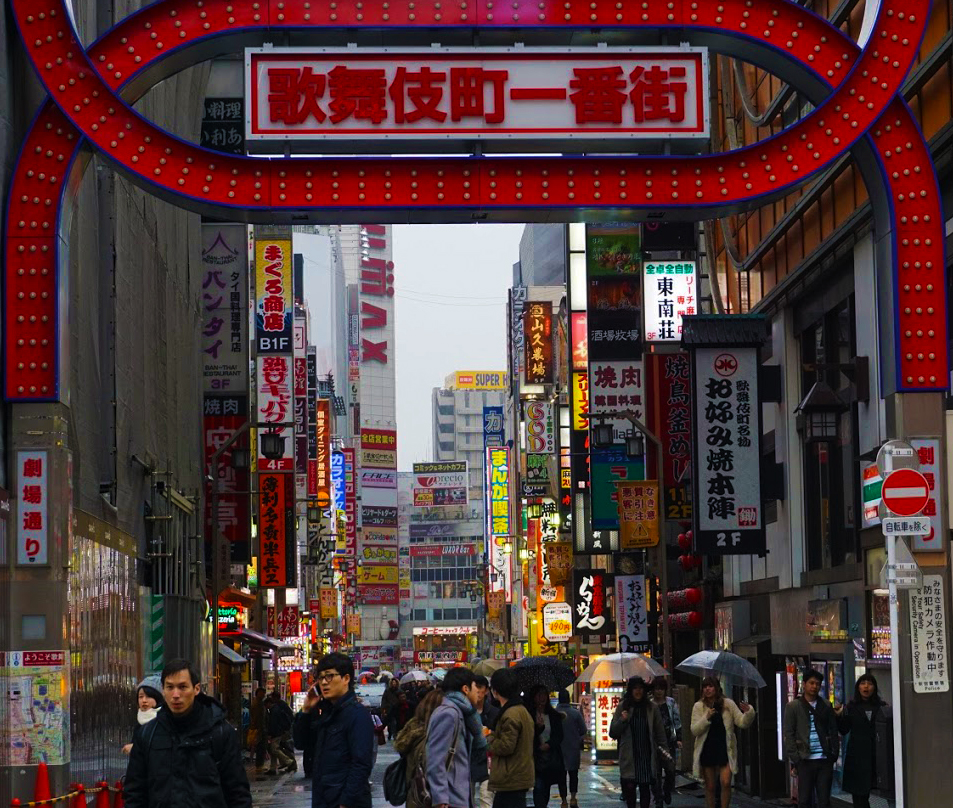
Kabukicho
Kabukicho, right in Shinjuku’s electric heart, is alive with neon lights, and it’s where Tokyo’s sleepless nights unfold. What’s fascinating about Kabukicho isn’t just its endless entertainment options but the layers of culture and history underneath.
Originally pegged for a kabuki theater that never saw daylight, Kabukicho morphed into Tokyo’s most buzzing nightspot. The most famous street in Kabukicho is Ichibangai-dori, and the Tohu building with its Godzilla Head is the most well-known point of interest.
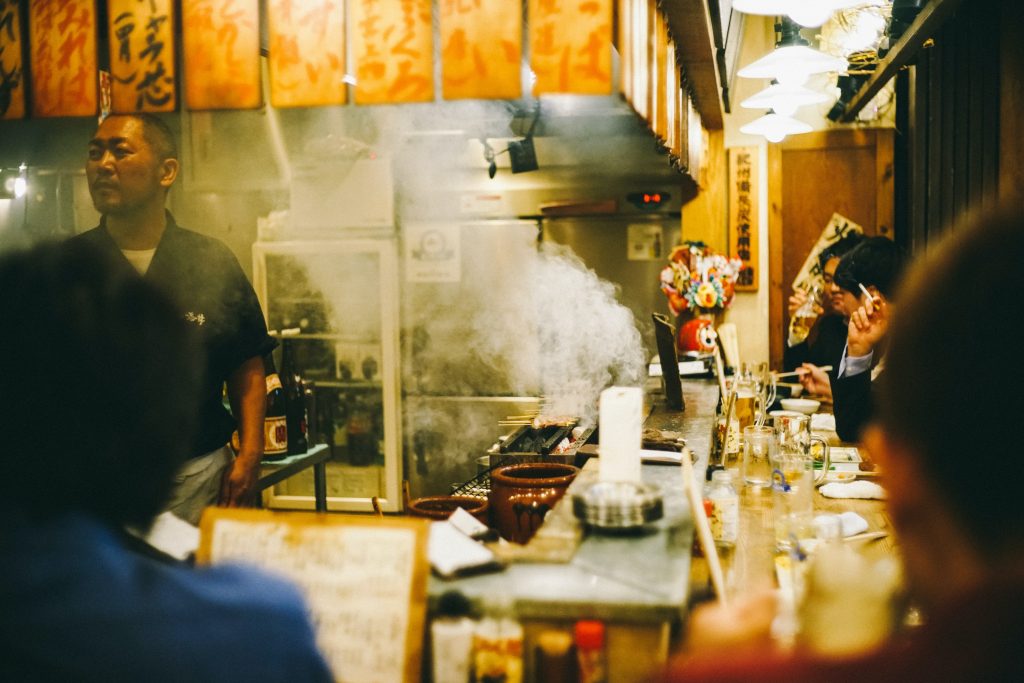
Omoide Yokocho
Known as Memory Lane, as per its literal translation, or its unconventional nickname, The Piss Alley, Omoide Yokocho consists of a labyrinth of tiny eateries and bars, serving up yakitori (grilled chicken skewers), ramen, and other Japanese comfort foods.
Omoide Yokocho began as a black market in the late 1940s and has evolved into one of the most visited Tokyo yokochos, retaining its Showa-era charm.
I learned from my visit that most establishments have a seating fee and take cash only, so make sure to have those Japanese yen handy. Oh, and the best time to visit Omoide Yokocho is definitely after dark.
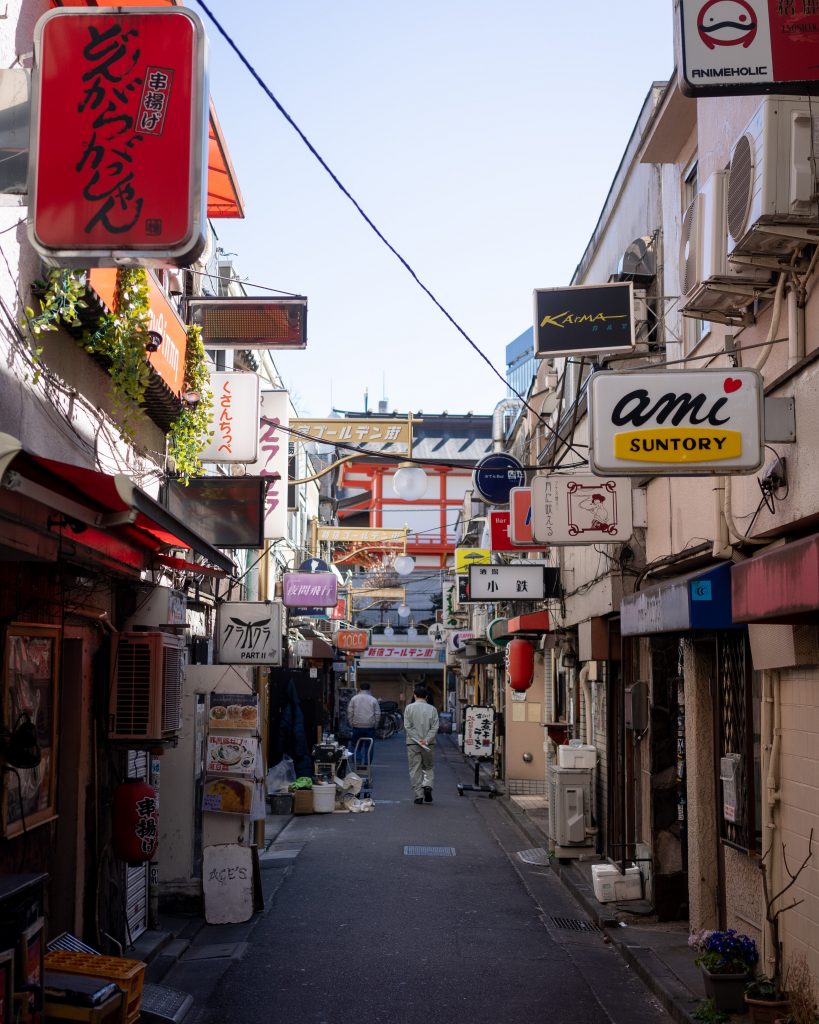
Golden Gai
Golden Gai is a network of 6 narrow alleys crammed with 200 tiny bars. Each establishment, often seating no more than a handful of patrons, has its own theme and decor. And while they might seem a tad intimidating at first, know that if they have English menus displayed, then foreigners are welcome. It’s a pretty cool place to rub elbows with local salarymen who come to these small watering halls after work.
Now, as I’ve discovered, some of these bars are well known to cater to their loyal regulars only, so don’t be offended if you are refused entry.
Please note that Golden Gai is a private space, owned by the Golden Gai collective. It’s forbidden to take photos here without a proper permit.
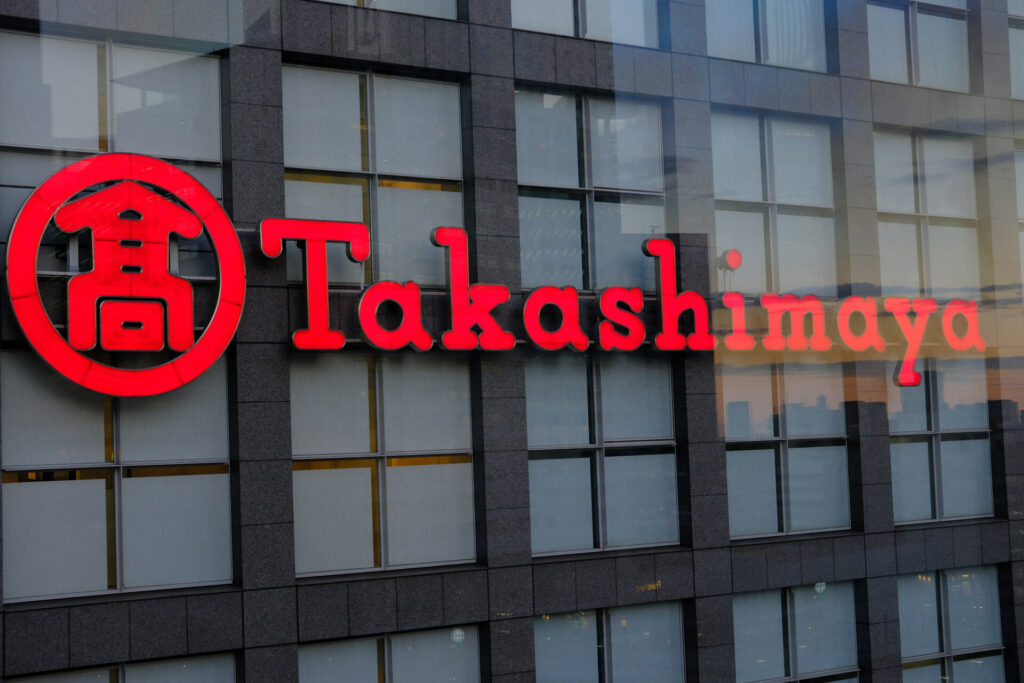
Takashimaya
Takashimaya is a department store, part of the Shinjuku Times Square development. It’s a luxury store that offers an exquisite selection of traditional Japanese crafts and foods.
The best of Takashimaya for visitors is its basement level and food hall. Takashimaya has one of the best depachika in Tokyo, perfect for finding bento boxes, premade food and delicious cakes.
Hands
Hands (previously known as Tokyu Hands) is a one stop shop for your creative and everyday needs. Hands in Shinjuku is in the Times Square building, right next to Takashimaya. It’s a multi story shop with stationary, makeup, travel accessories and even cool puzzles and DIY items. It’s one of the best places for finding amazing Japanese souvenirs.
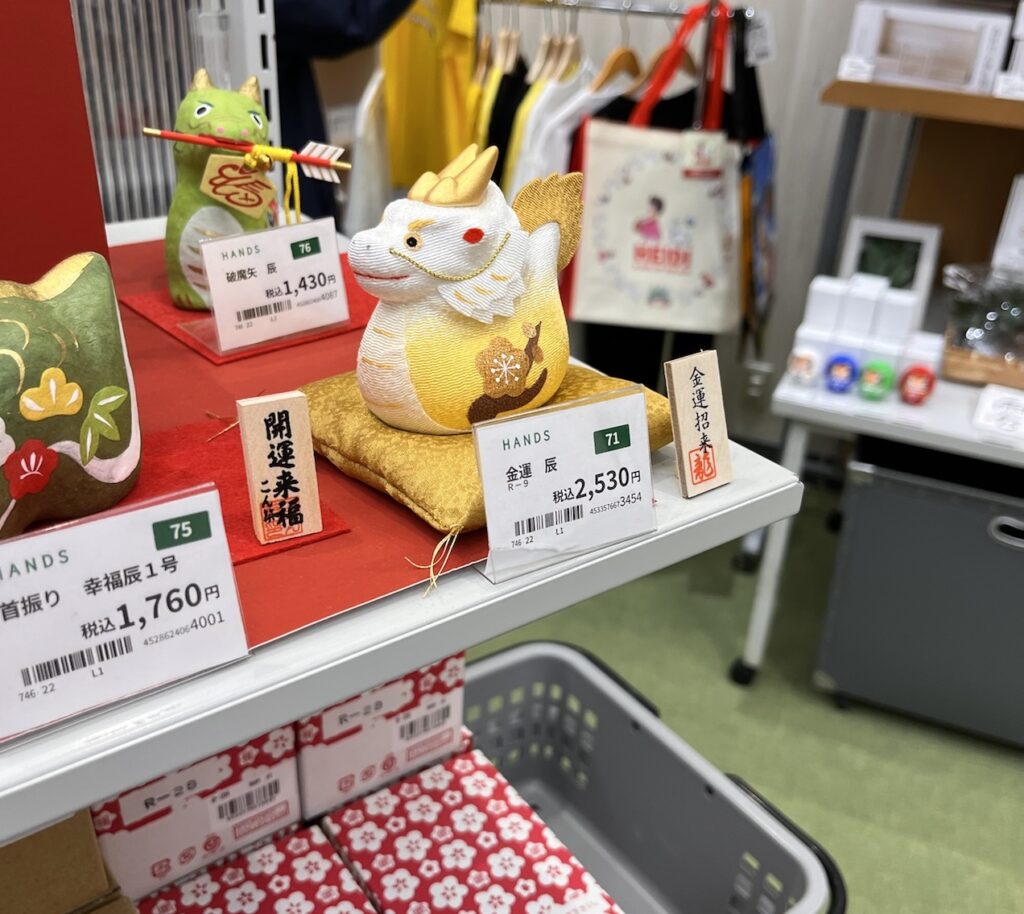
Isetan
Isetan Shinjuku has a rich history, dating back to its founding in 1886 and much like Takashimaya, it is a luxury department store full of high-end brands. Even if you’re on a budget, you can find great things in Isetan. Head to the basement floor for the depachika and find incredible cakes and desserts. If you are invited to a special occasion, Isetan depachika is the place to find unbelievable gifts and perfectly packed fruits and chocolates.
NEWoMan
NEWoMan is a fairly new shopping center in Shinjuku opened in 2016. It has a great mix of local and international shops, and it’s a lot more affordable than Isetan or Takashimaya. Its first floor features a great bakery called Le Pain de Joel Robuchon which sells some seriously delicious pain au chocolate. Next door, you’ll find The Matcha Tokyo people, who make incredible matcha drinks.
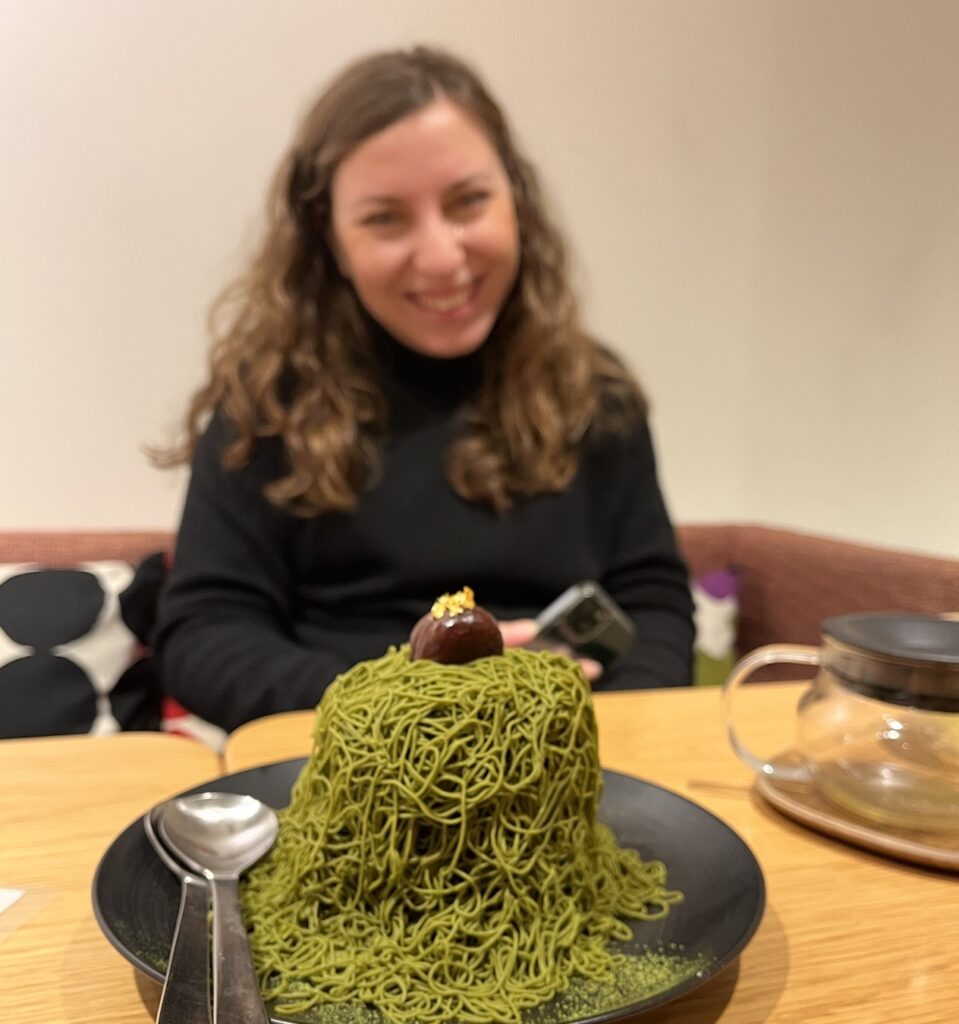
Lumine
Lumine Shinjuku refers to three shopping centers, Lumine 1, Lumine 2 and Lumine Est. Lumine is known for its selection of trendy Japanese and international brands, making it a go-to place for the latest fashion. Lumine Est is especially dedicated to selling cool clothes targeted at a younger audience.
For unusual international cuisine, head to the top floors of Lumine Est which is called The Park Shinjuku. While somewhat similar to a food court, the designers aim to make it a unique hanging space for young people to come together and enjoy food and drinks like an indoor park.
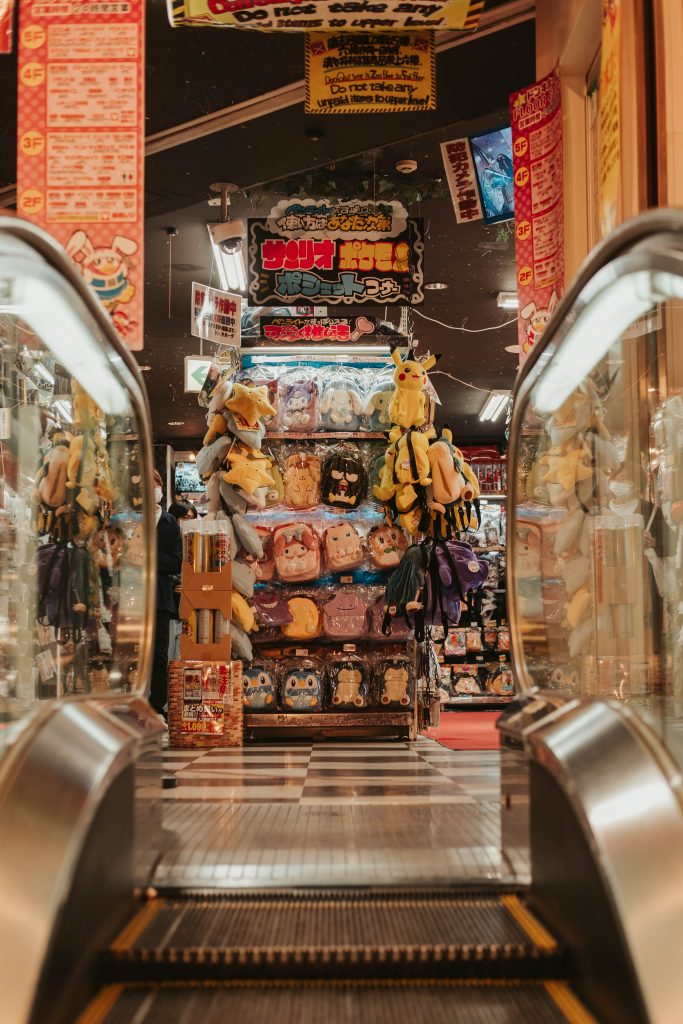
Don Quijote Shinjuku
Don Quijote, also known as Donki, is a discount chain store with a diverse assortment of goods, ranging from food to electronics, cosmetics, and novelty items, all at affordable prices. The Shinjuku store, specifically, is a multi-story complex that’s almost like a labyrinth, packed with goods from floor to ceiling.
It’s located in the bustling nightlife district of Kabukicho, making it a popular spot at almost any hour, as it’s open 24/7.
Tokyo Itineraries
All our itineraries contain areas in Shinjuku to see and experience.
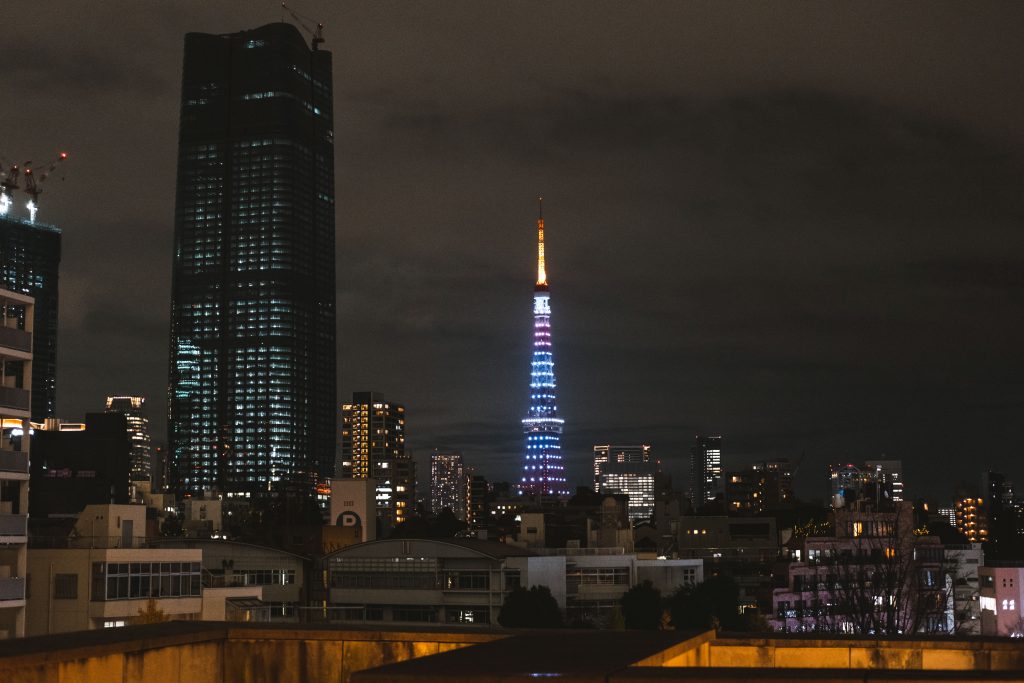
3 days in Tokyo itinerary
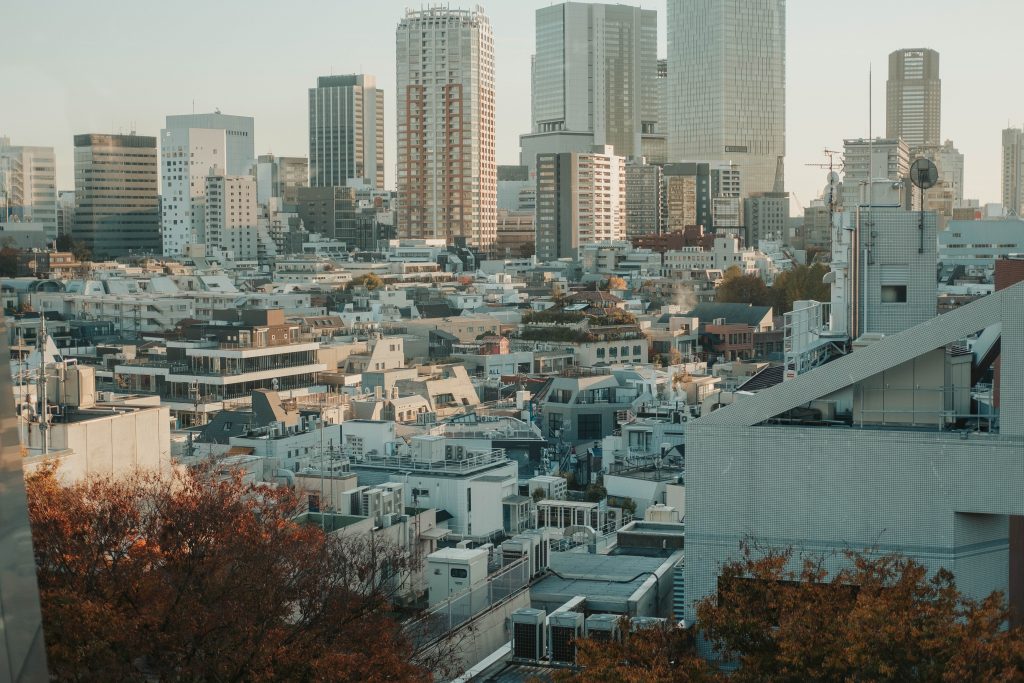
5 days in Tokyo itinerary
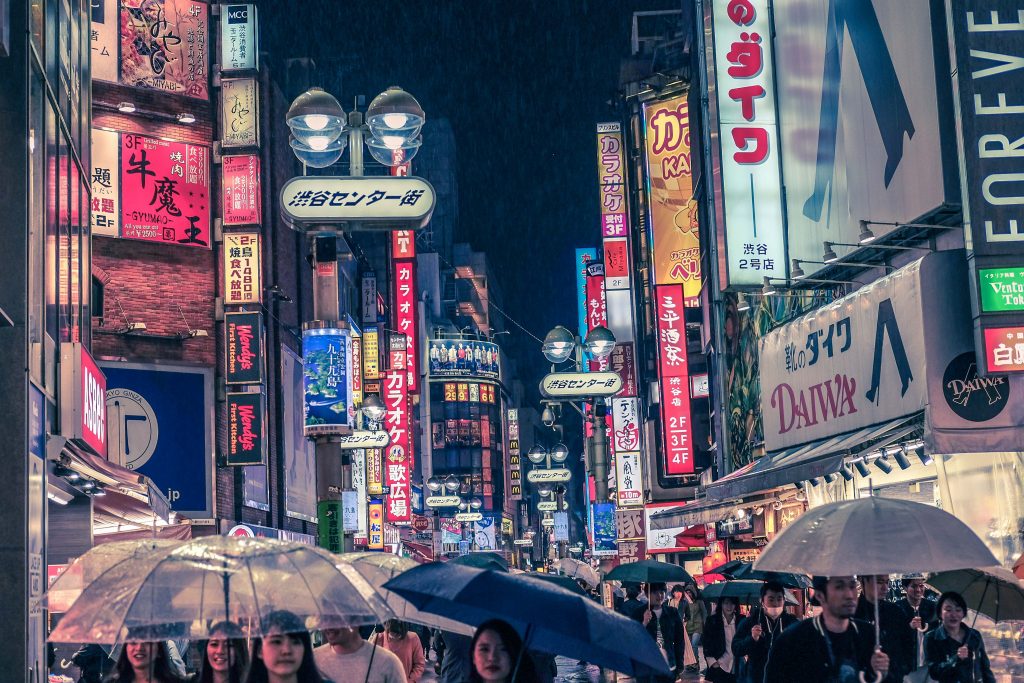
Places to visit in Tokyo
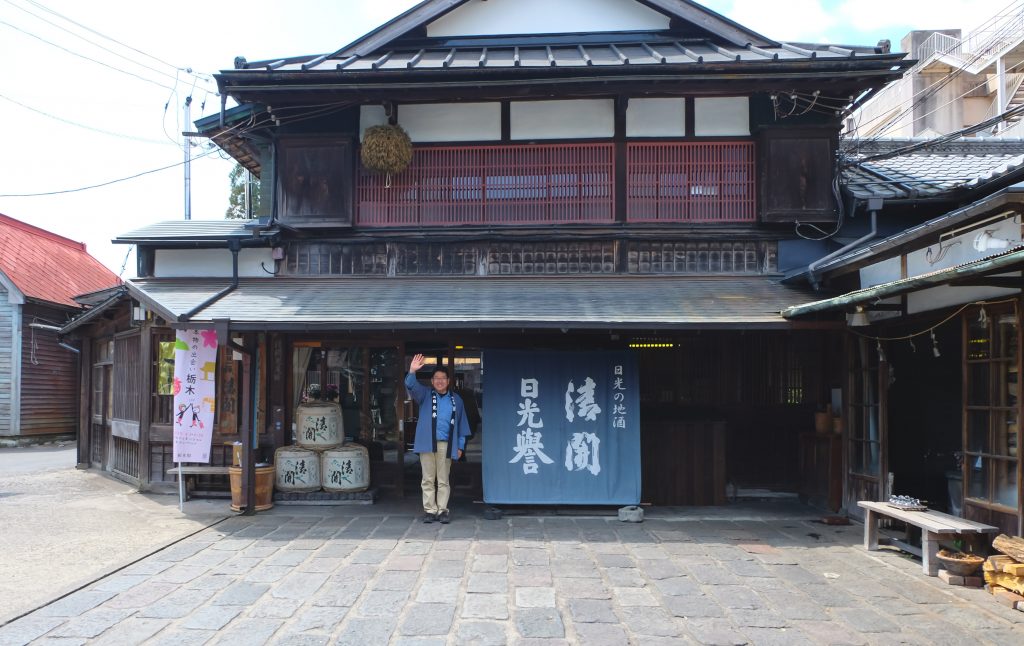
Day trips from Tokyo
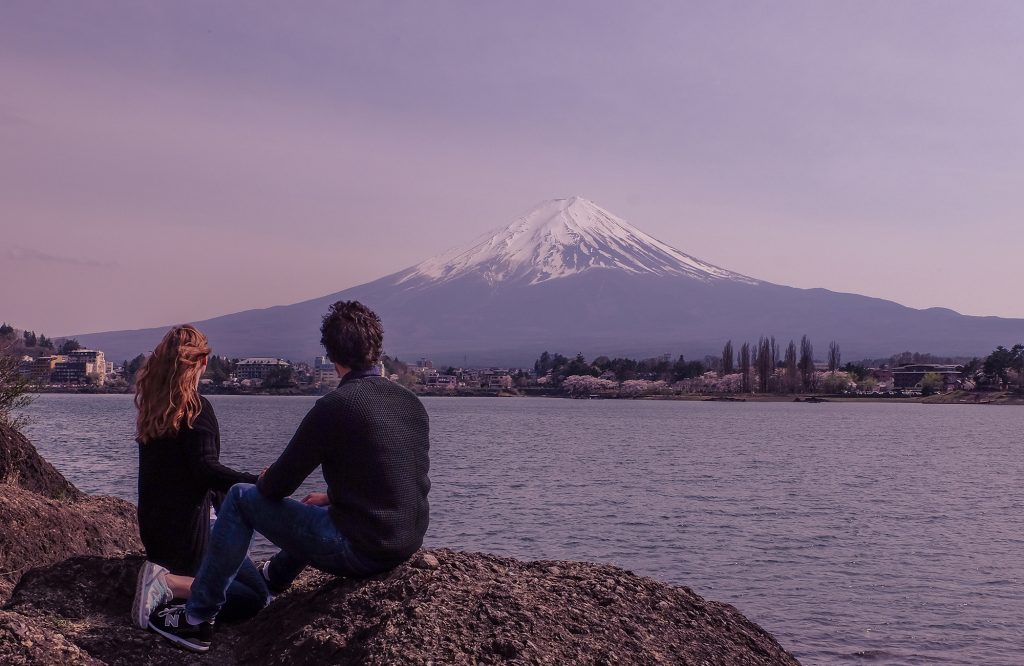
Tokyo to Mount Fuji Day Trip
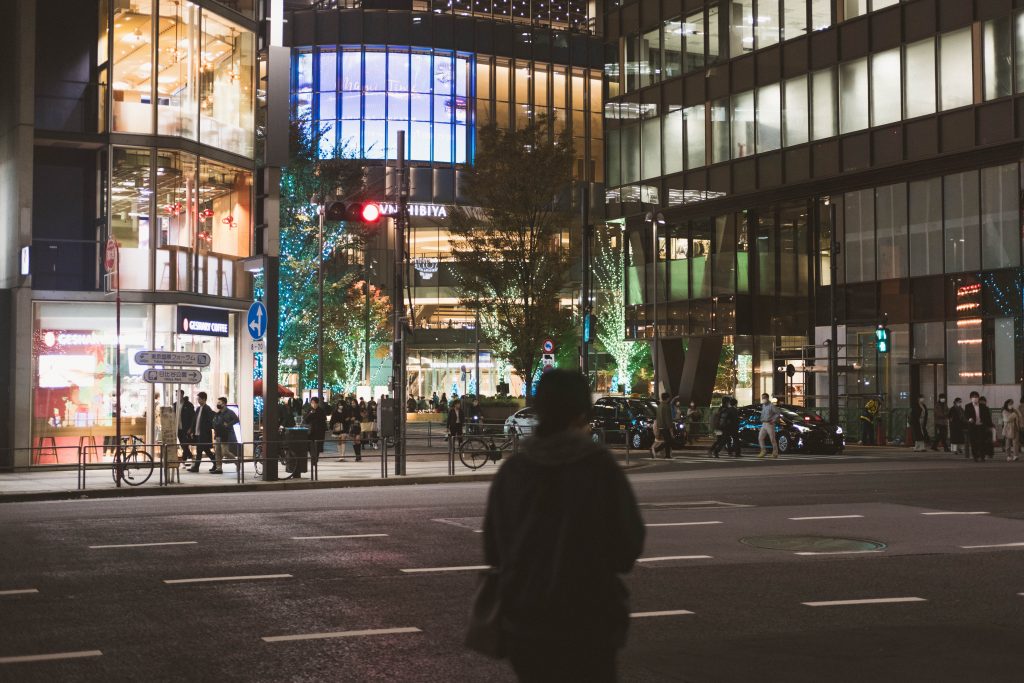
7 Day Tokyo Itinerary
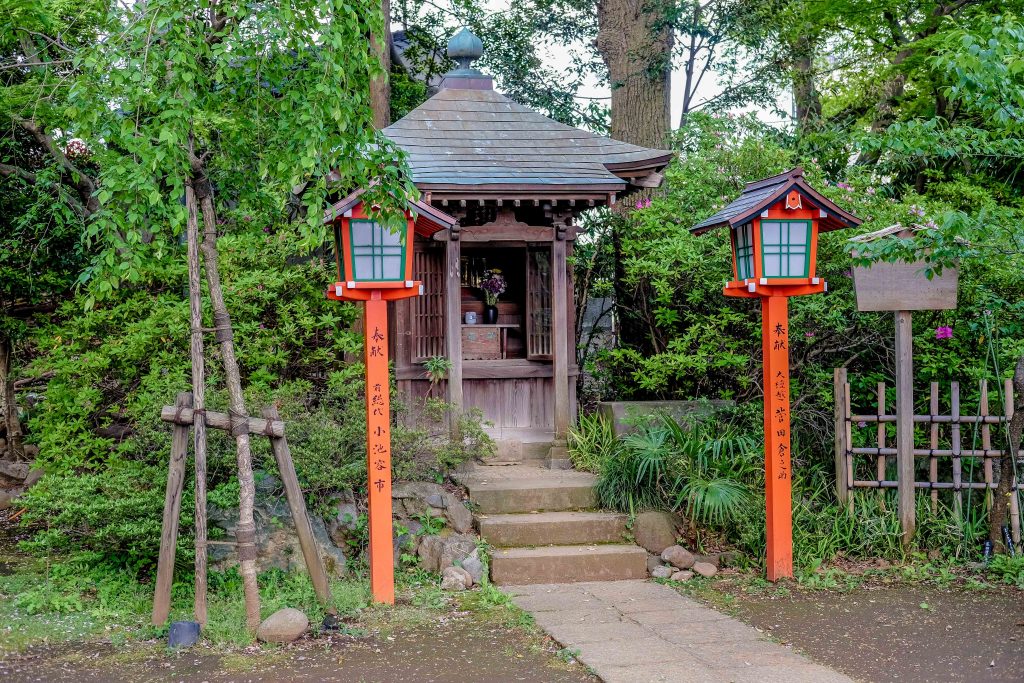
Places To Visit Outside Tokyo
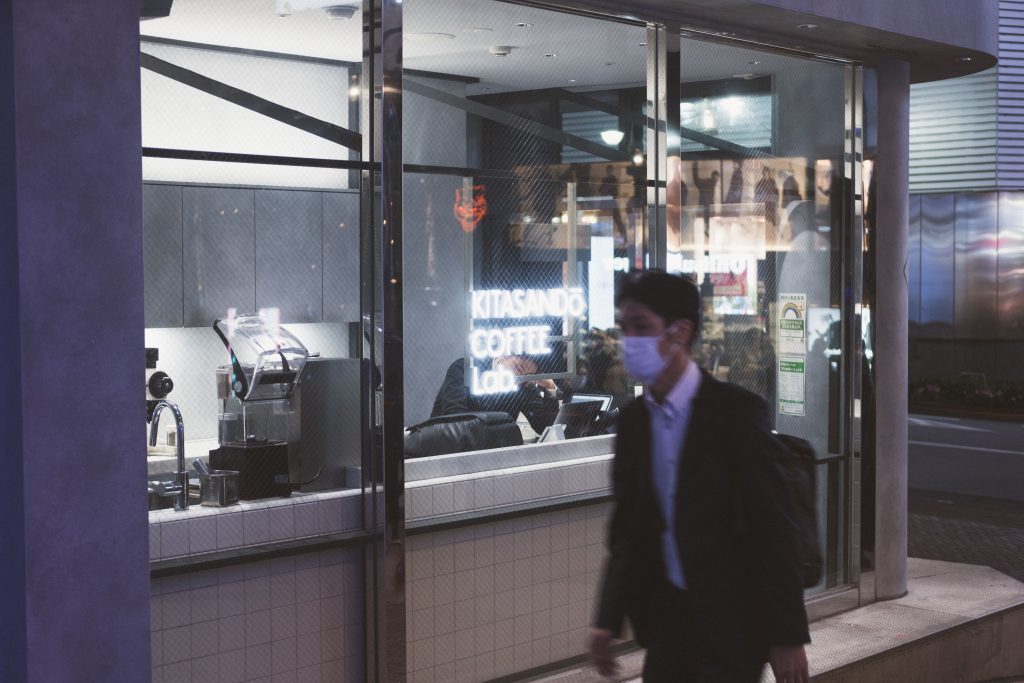
1 day Tokyo Itinerary
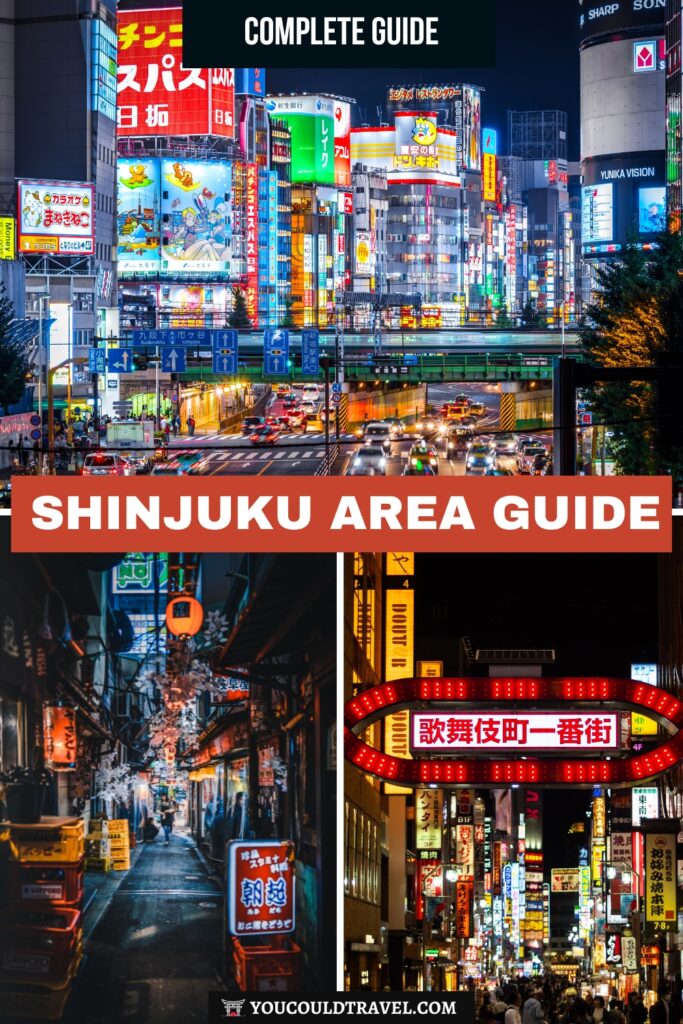
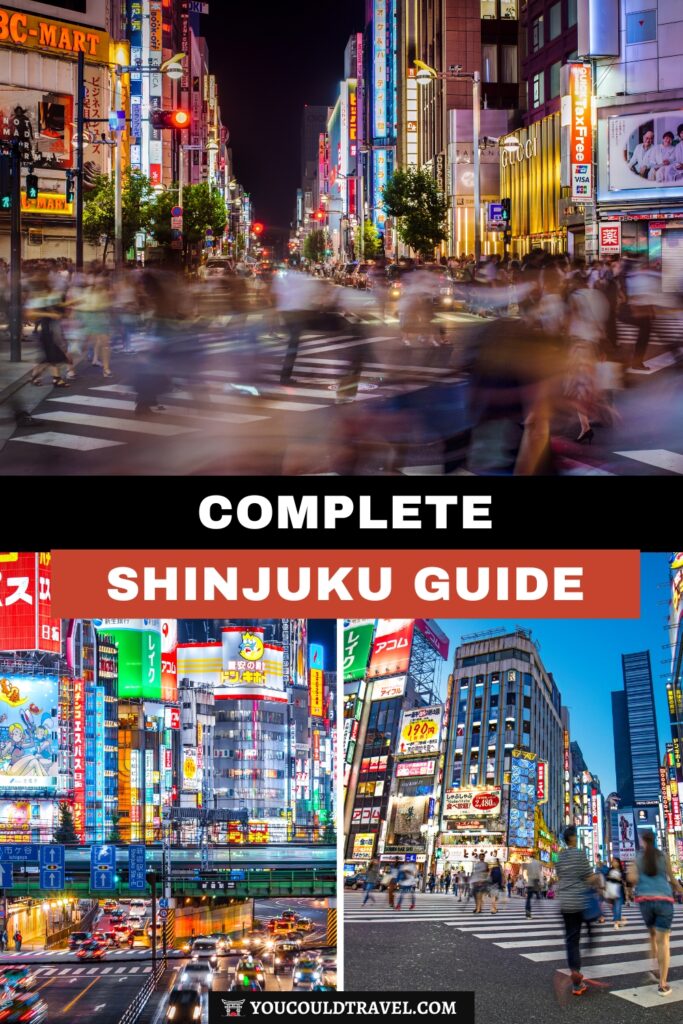
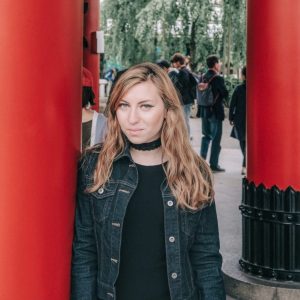
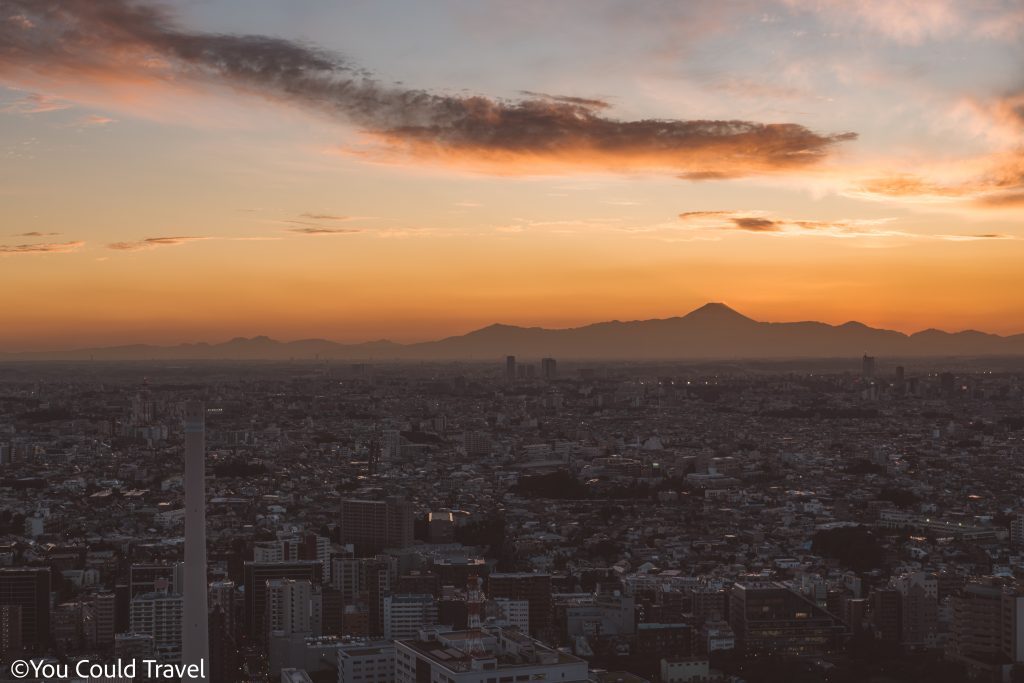
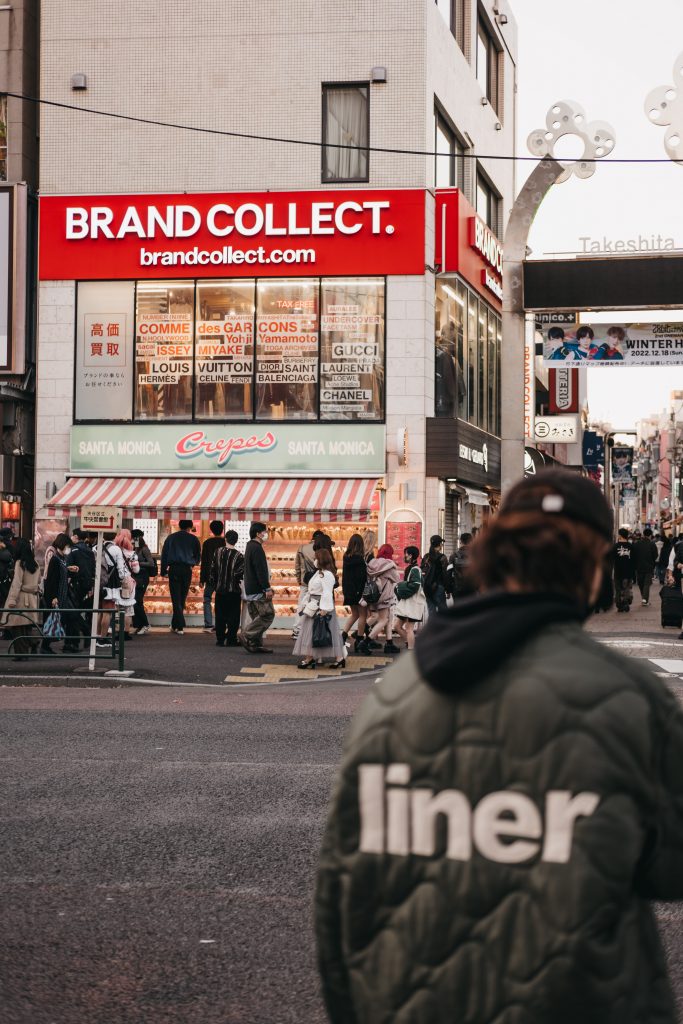
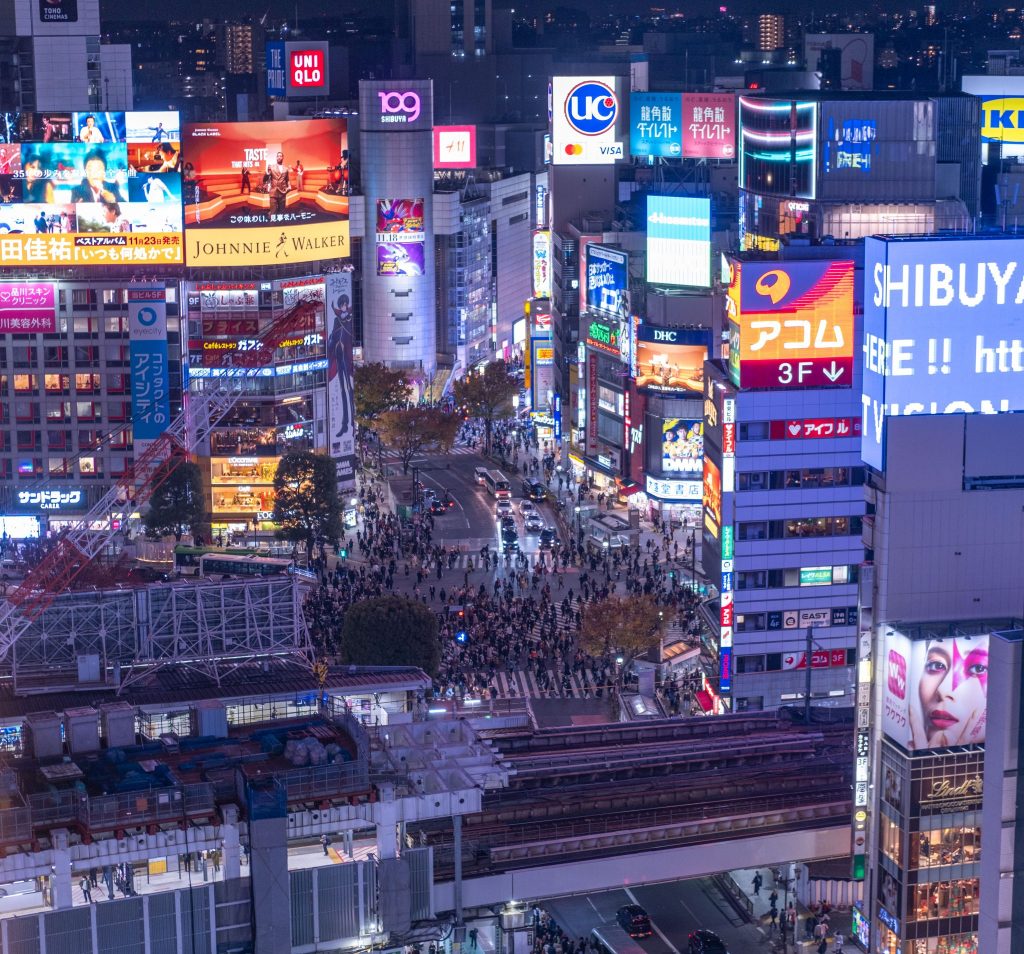
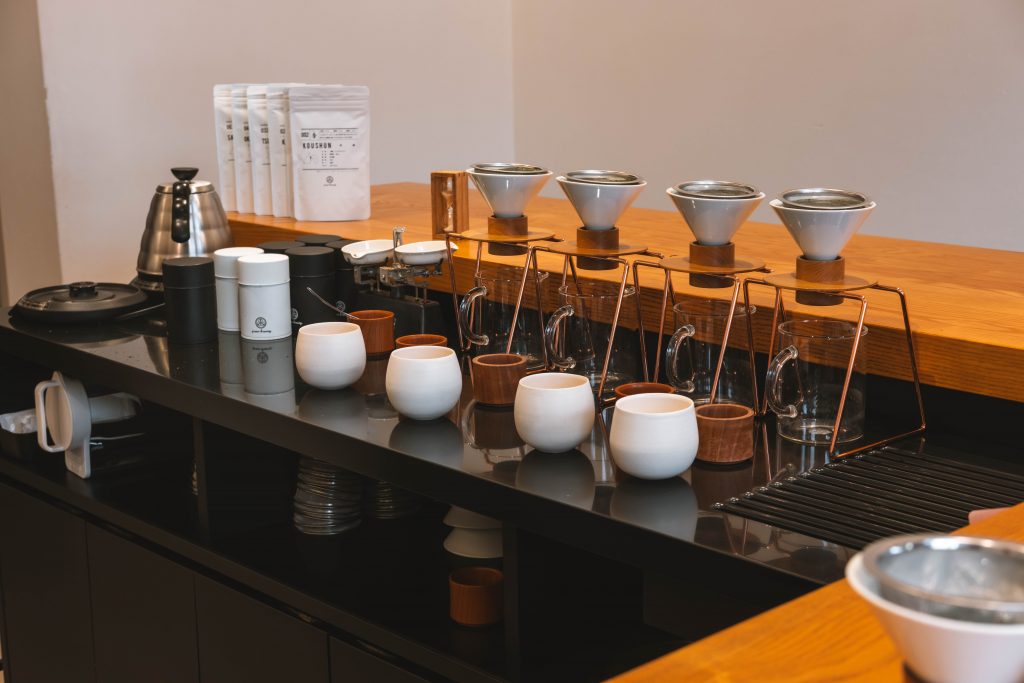
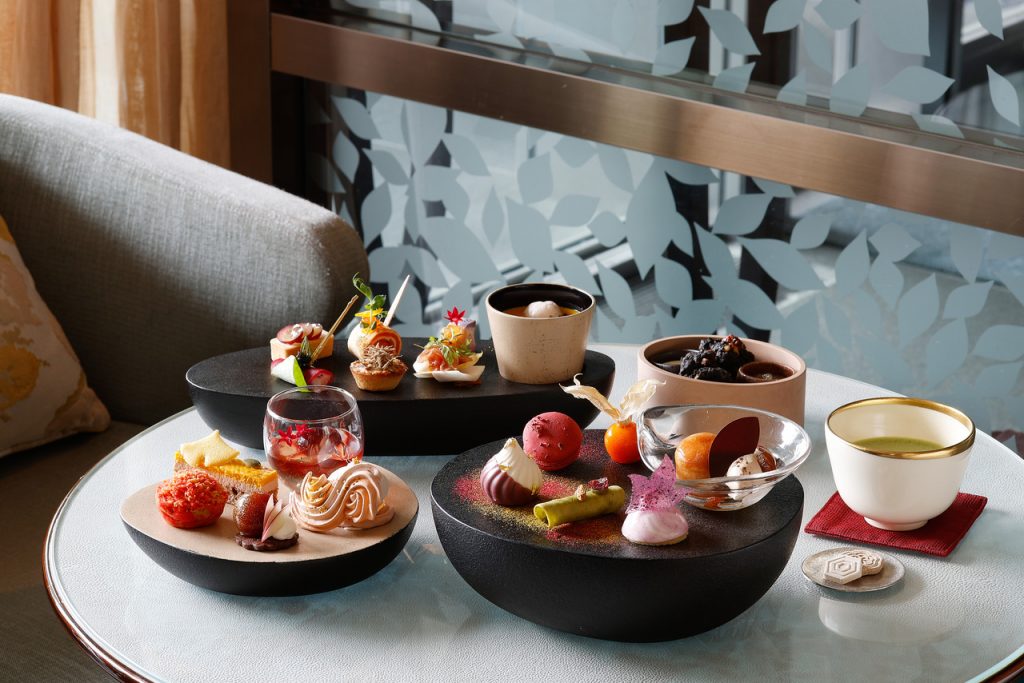
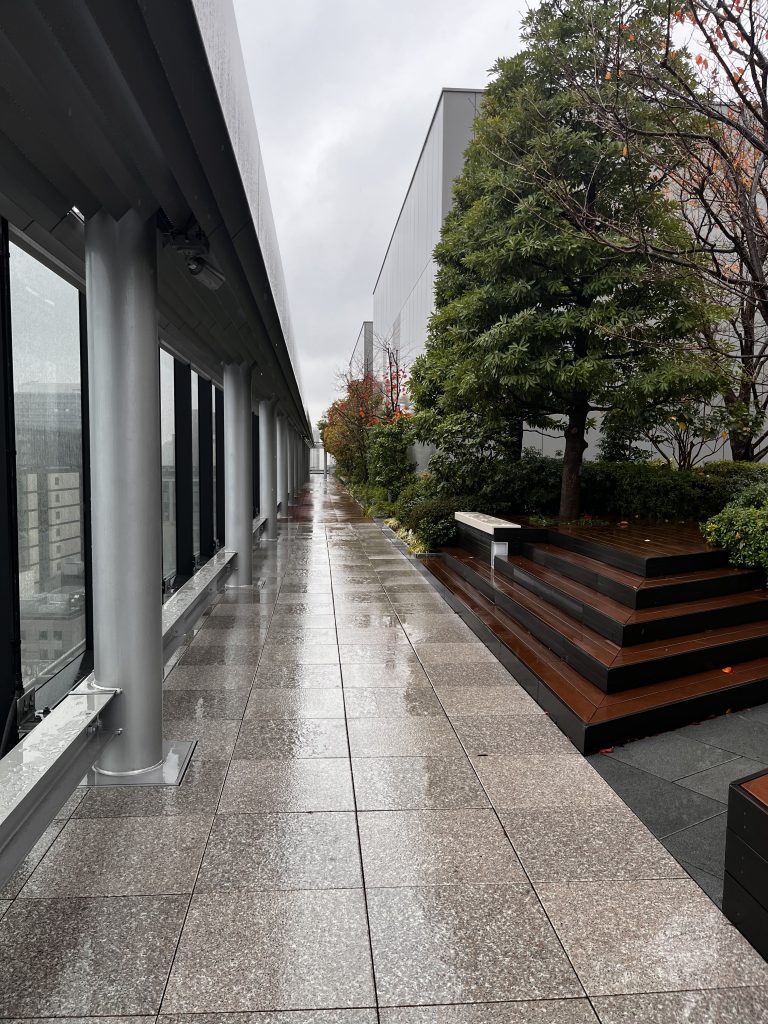
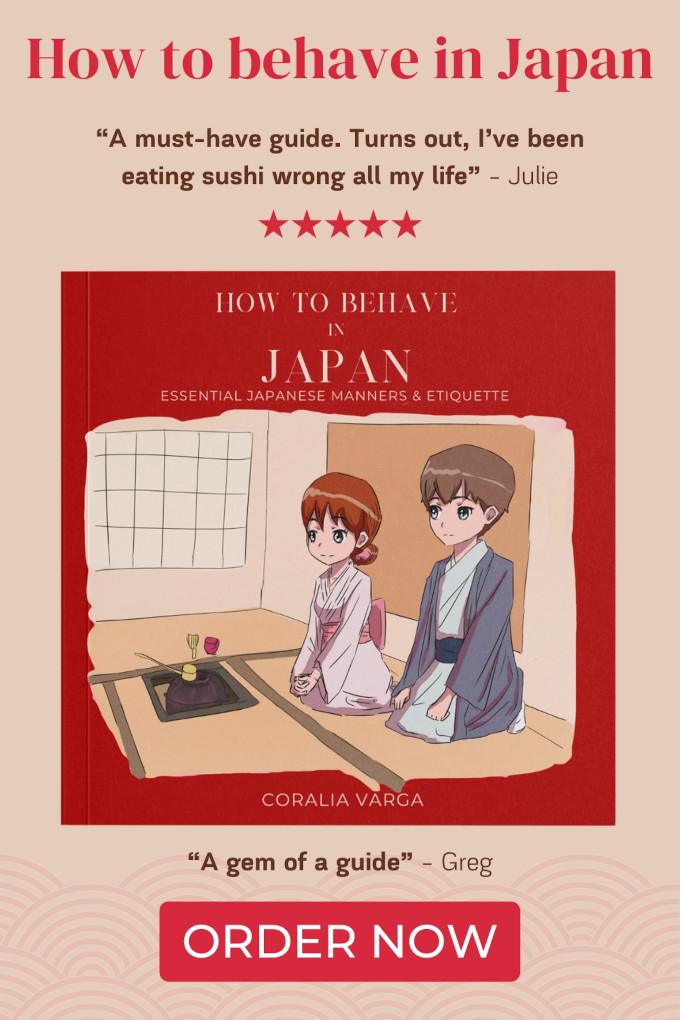

Leave a Reply